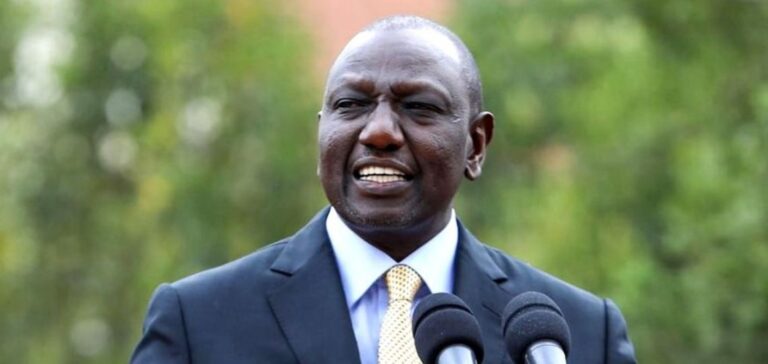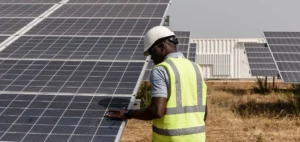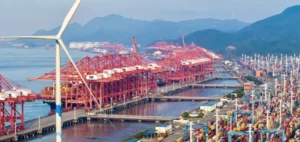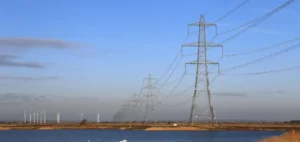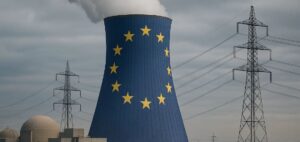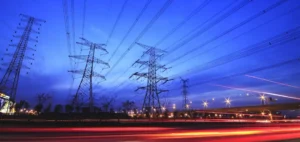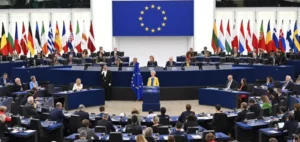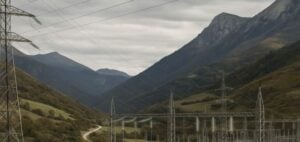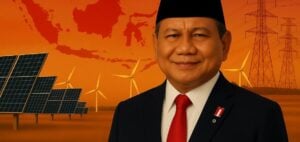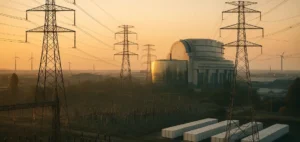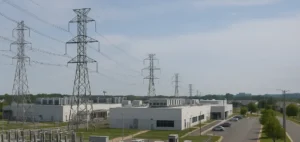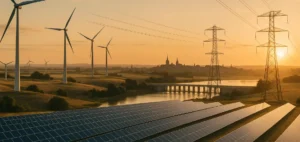Kenya is removing the gasoline subsidy because it is unsustainable, according to President William Ruto.
Inflationary surge in Kenya
Kenya, which is experiencing high inflation, was introducing subsidies to help the population. However, it would appear that these aids contribute to the upward pressure on inflation. Currently, the country, with a newly elected President, is facing inflationary challenges on fuel and food.
Kenyan President William Ruto is concerned that the subsidy will further drain the country’s coffers. Artificial shortages could occur despite subsidies. Furthermore, he believes that they lead to a number of abuses.
The Energy and Petroleum Regulatory Authority is setting new, higher prices for gasoline, diesel and kerosene. Thus, gasoline increased by 13%, diesel by 18% and kerosene by 16% compared to August. Subsidies remain exclusively for diesel and kerosene.
A progressive lifting
Kenya is facing accelerated inflation due to rising crude oil prices. This was 5% at the beginning of the year. As a result, the country will have to deal with the lack of funds to subsidize fuel costs.
For example, the Ministry of Finance said in June that if prices continued to rise, it would not be able to maintain subsidies. Thus, the Kenyan government is seeking to prevent the public debt from reaching unsustainable levels. This translates into a gradual lifting of subsidies.
According to Aly-Khan Satchu, economic analyst:
“The current government is between a rock and a hard place.”
It seems likely that further increases will raise inflation, which is at a five-year high in August. The choice between an inflationary shock and the lifting of subsidies is made gradually.

